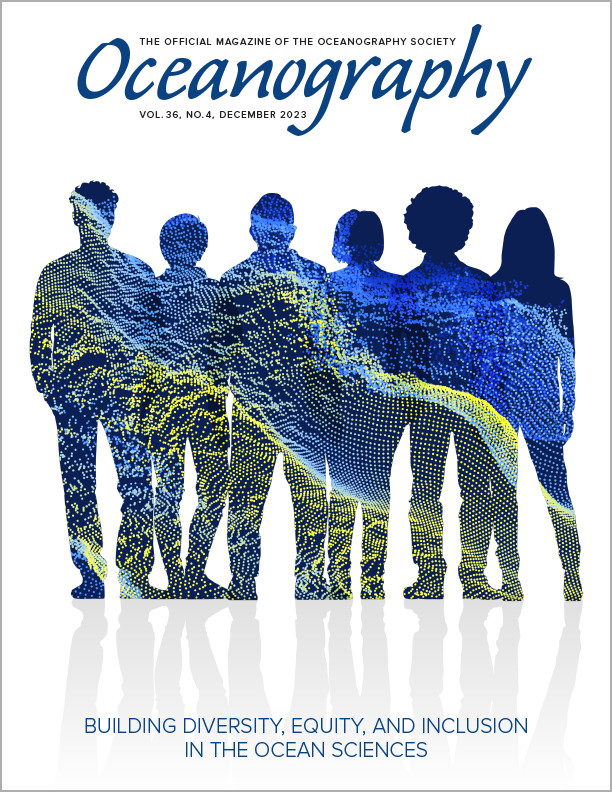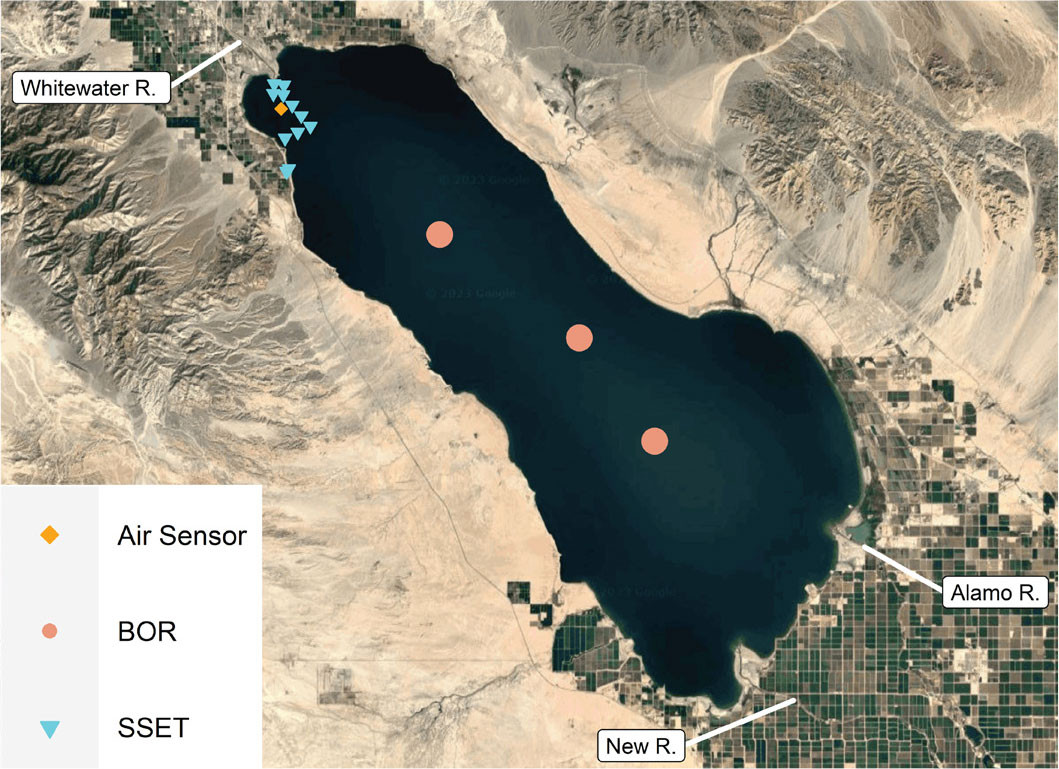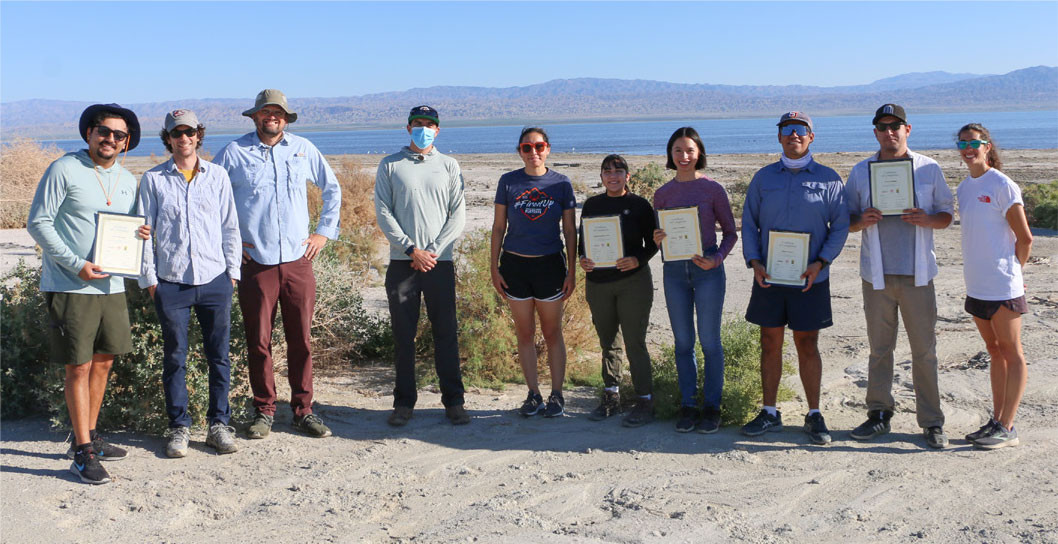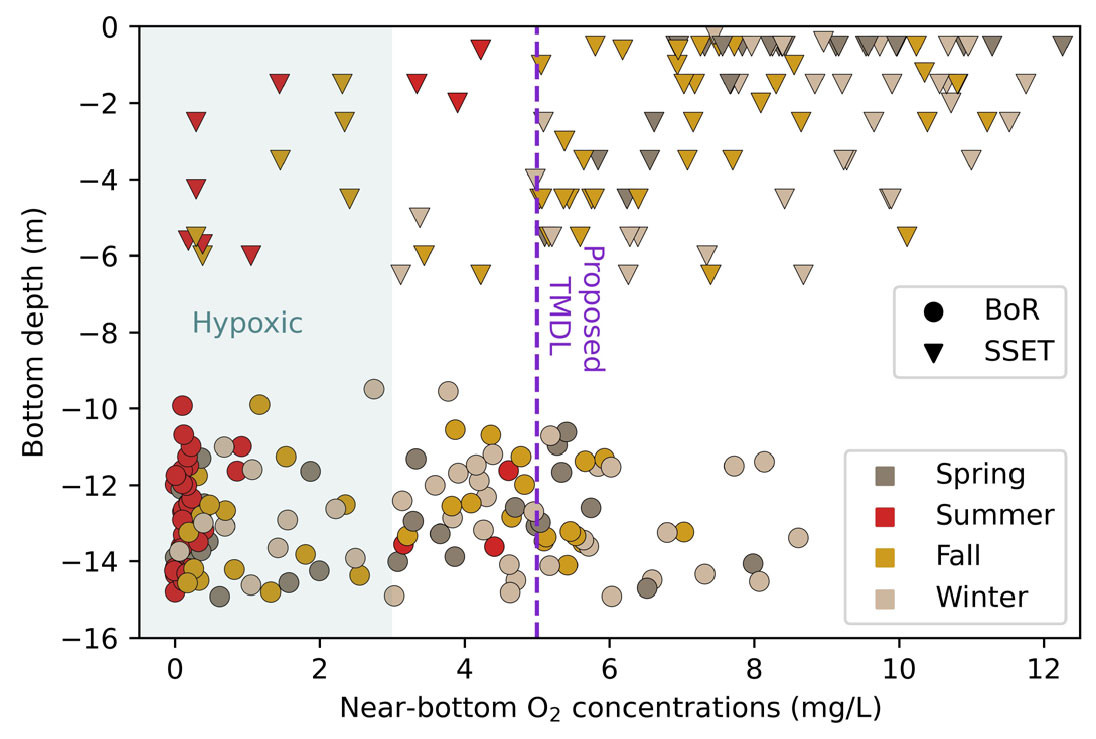Full Text
Introduction
In the Southern California desert, the Salton Sea is the cause of a local socio-environmental crisis reflective of various environmental injustices. Today’s Salton Sea is fed primarily through agricultural water run-off and effluent discharge. Over 23% of the Latinx and Torres Martinez Desert Cahuilla Indian identifying residents live below the poverty line in the two zip codes north of the sea (US Census Bureau, 2021). Persistent droughts and inequitable policies have accelerated the sea’s evaporation, exacerbating environmental health problems such as poor air quality and respiratory illnesses like asthma (Farzan et al., 2019). Since 2010, nonprofit organizations such as Alianza Coachella Valley (hereafter referred to as Alianza) have been addressing these issues and campaigning for economic and environmental justice in the Eastern Coachella Valley (ECV). Prior to this work, no reliable and continuous source of water quality information was easily accessible to local communities. Most recently, Alianza championed a community science initiative with the goal of establishing ongoing environmental monitoring, research, and advocacy. Through this initiative, community members formed the Salton Sea Environmental Time Series (SSET) in 2021 with support from the American Geophysical Union’s Thriving Earth Exchange program. This collaboration, along with a variety of other institutions, has fostered diversity, equity, and inclusion (DEI) within scientific academia for underrepresented ECV scholars and can serve as a blueprint for future initiatives.
Program Description
SSET is a grassroots science initiative, comprising yearly cohorts of participants who reflect the demographics of the ECV region, mostly identifying as Latinx and hailing from ECV communities near the Salton Sea, including La Quinta, Indio, Coachella, Thermal, Mecca, and North Shore. Alianza recruits for annual cohorts through community meeting announcements and social media outreach. Applicants from a mix of non-student working adults and students at varying educational levels are interviewed, and eight to 10 community members are selected annually to participate in the program.
Community members in SSET cohorts cultivate a diverse range of skills. During field days, they gather water samples along a transect in the northern Salton Sea (Figure 1), recording variables such as salinity, temperature, pH, chlorophyll, and oxygen concentrations. Samples are analyzed onshore (Figure 2) to determine different nutrients (e.g., nitrate, nitrite, phosphate, sulfate) and fecal indicator bacteria concentrations. Additionally, community members develop platforms to communicate the collected Salton Sea water-quality data to the broader ECV population. For example, SSET’s bilingual community-designed data dashboard (https://saltonseascience.org/) incorporates continuous water-quality data visualizations from local sensors. Community scientists also produce educational material such as infographic flyers that visually explain the dynamics in the Salton Sea.
|
|
|
|
Throughout these activities, community members participate in professional development activities, including research, data analysis workshops, and meetings with government agencies. They engage in scientific writing opportunities and receive personalized mentorship from academic scientists of varying related scientific disciplines and institutions, in addition to mentorship from other community scientists of different educational levels (e.g., high school and college). Alianza staff, deeply rooted in the ECV community, play pivotal roles as they facilitate field days, data analysis, meetings, and workshops. The valuable perspective SSET participants provide, alongside academic scientists and Alianza’s staff, is integral in addressing the socio-environmental challenges posed by the Salton Sea.
Results
SSET has succeeded in creating a possible framework by which communities, particularly those subject to environmental injustices, can actively participate in scientific methodologies, advocate for their needs, and cultivate valuable skills toward pursuing future careers in science. Notably, the data gathered by SSET participants has illustrated that even relatively shallow areas of the northern Salton Sea are subject to hypoxic to anoxic events (Figure 3), which can lead to hydrogen sulfide emissions, manifested as unpleasant odors with potential adverse health effects (Legator et al., 2001). These results provide a valuable baseline for ECV residents to weigh the extent of air- and water-quality issues in the rapidly changing Salton Sea.
|
|
SSET continues to organize and participate in periodic webinars and community events that provide members with valuable platforms for expressing their concerns and addressing important issues. For example, recent community concerns regarding emissions of hydrogen sulfide from the Salton Sea were addressed by deploying an air-quality sensor directly above the water in August 2023 (Figure 1). Presently, SSET is actively involved in advancing policy and regulation through actions such as influencing the Colorado River Basin Water Board’s determination of total maximum daily loads (Figure 3).
SSET participants have expanded their skills to independently undertake research or pursue environmental careers complementary to Alianza’s community science campaign. For example, while a student at California State University of San Bernardino and an SSET participant, author Centeno used fruit fly assays and water quality analyses to examine the potential toxicity of the Salton Sea’s watershed. Centeno’s personal ties to the sea as a local resident and his desire to improve his community’s well-being have driven him to pursue ongoing scientific research on hydrogen sulfide emissions in the Salton Sea through his current work at Brown University. Thus, community science initiatives like SSET can amplify the voices of local residents beyond community meetings by combining academic knowledge and local expertise.
Lessons Learned
SSET demonstrates how community science can promote DEI, offer important experiences to individuals, and provide valuable contributions to a region like the ECV. This list of lessons learned serves as a framework for improving similar community science endeavors.
- Empowerment. Community science empowers ECV residents, who are primarily people of color, to shape the research methods and approaches implemented within their own communities. Such a methodology avoids challenges such as “colonial science,” which is an exclusionary practice whereby nonlocal scientists fail to communicate with local residents and allow for their valuable input.
- Collaboration. SSET work is based on collaboration between scientists and community organizations that serve marginalized communities. Provision of resources and training by national grassroots professional organizations strengthened the collaboration among community members, scholars, and institutions.
- Authenticity. Community members are exposed to authentic experiences such as academic research—for many, it is their first research experience—and this in turn encourages their meaningful integration into academia.
- Advocacy. Community scientists, many of whom are college students, are inspired to use research for advocacy and addressing environmental issues, evident in their involvement in larger meetings led by the local water boards and the installation of the new air-quality sensor in August 2023.
- Sustainability. Local and nongovernmental funding sources have provided sustainability and freedom in structuring the program’s research. Funding support from various organizations allowed for the implementation of a data dashboard as well as data visualization and analysis workshops. In addition, the availability of stipends to compensate community scientists for their time and contributions helped overcome any financial implications participants would have otherwise incurred while participating in this work.
Community science is contrary to academia’s traditional top-down approach, as it employs a community’s collaborative efforts and spreads awareness of the consequences suffered from environmental issues. The joint efforts of Alianza, community members, and other institutions hold promise for continued environmental research that can influence future policies and guide restoration proposals. Alianza’s community science campaign fosters DEI within academia by inspiring current and future community scientists to actively participate in research that shapes the environmental health of their communities. Thus, the community science space serves as a model for creating pathways to conduct scientific work in a more equitable manner.




